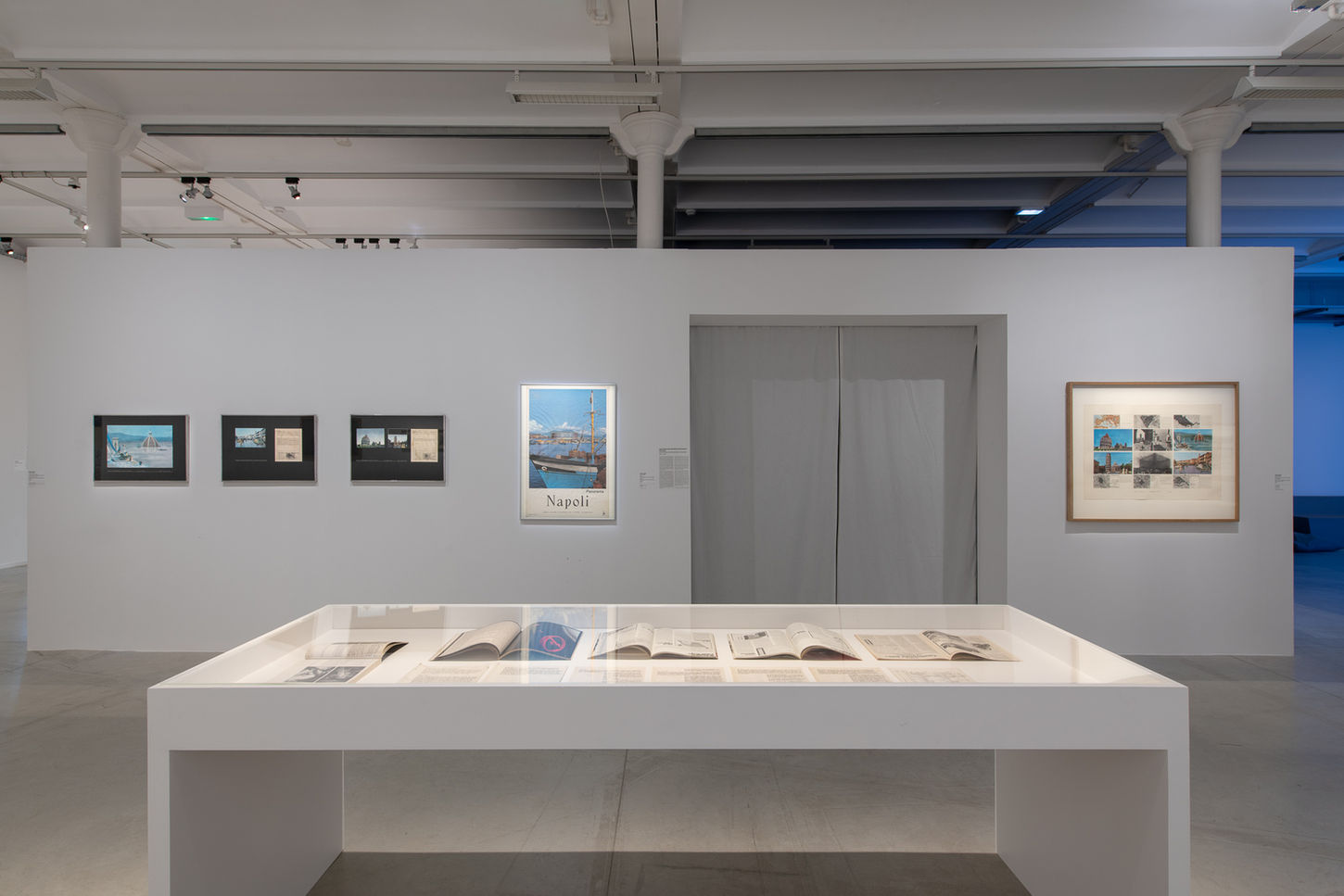Superstudio, Life After Architecture
03.04.2018 - 11.08.2018
Life after Architecture is the first major monograph in France devoted to the work of Superstudio.
Founded at the time of the 1966 Florence floods by Adolfo Natalini and Cristiano Toraldo di Francia, later joined by Gian Piero Frassinelli, Roberto and Alessandro Magris and Alessandro Poli, Superstudio was one of the most influential architectural groups in the avant-garde world of the 1960s and 1970s.
The exhibition Superstudio: Life after Architecture traced the group’s conceptual paths via three major chapters – “The suicide of architecture”, “Architecture as narrative” and “Superstudio: architecture” – showing both the chronology of the oeuvre and an intellectual transversality conducive to grasping the impact of the group’s ideas on the underpinnings of architecture. An earlier exhibition, Arkhè, saw us begin the analysis of radical movements in architecture, not from a prospective point of view, but from that of redefining the forms of birth. At the time of the Superstudio retrospective, the Atlas of Utopias was an attempt at a contextual dialogue in the landscape of radicalisms around the world.
In 2019, well into the Anthropocene, the Superstudio: Life after Architecture exhibition seemed to us a necessity transcending the importance of finally having a retrospective in France. The climate emergency is plunging the world into a whirlwind of panic and uncertainty. Awareness has led on the one hand to denial, on the other to urgent and consequently abortive technical solutions.
“Resilient city”, “intelligent city”, “urban agriculture”, etc.: ideas for limiting the catastrophe keep pouring in. The will is there, except among those who govern globalized capitalism; but this will produces solutions for a present or a future that is too close. Our thinking about the results of our actions is limited by our inability to project ourselves far enough ahead, imaginatively, to be in line with future generations: with human beings we will not know and whose way of life is a thousand miles from ours.







